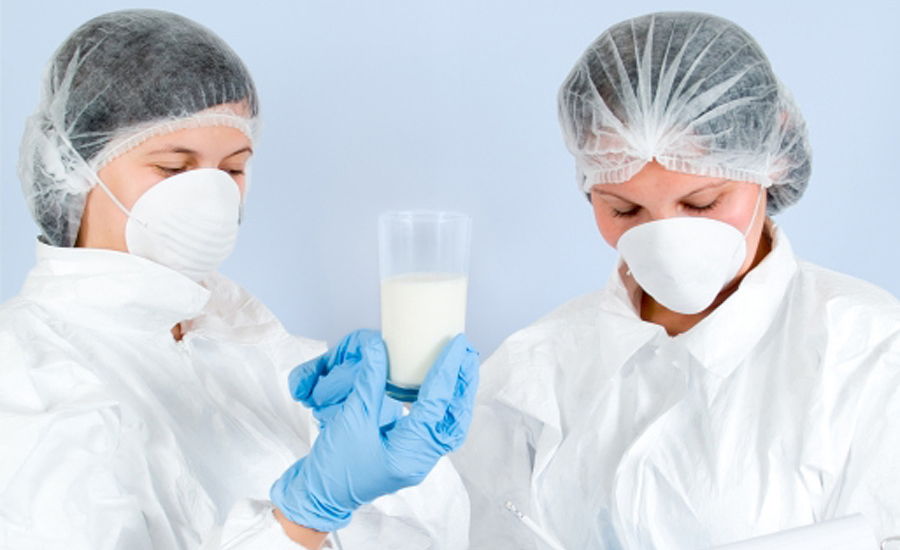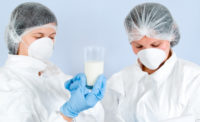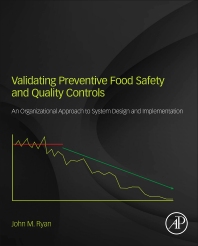Food authenticity market worth $7.5B by 2022
The market for adulteration tests, among all the types of food authenticity, accounted for the largest share in 2015.

The food authenticity market is projected to reach $7.5 billion by 2022, at a CAGR of 7.6% from 2016 to 2022, according to a report published by MarketsandMarkets, New York.
The study, "Food Authenticity Market by Target Testing (Meat Speciation, Country of Origin & Ageing, Adulteration & False Labeling), Technology (PCR-Based, LC-MS/MS, Isotope), Food Tested (Meat, Dairy, Processed Foods), and Region - Global Forecast to 2022," shows the market is driven by the increased economically motivated adulterations (EMA) due to high competition and increase in incidences of food frauds.
The market for adulteration tests, among all the types of food authenticity, accounted for the largest share in 2015. This increased complexity in the supply chain is creating multiple challenges in the food industry to ensure food authenticity in terms of proper and correct labeling, GMO existence, preventing adulteration and other economically motivated food frauds. Cutting cost due to competition is influencing adulteration trends. Due to this reason, instances of EMA are growing, which is identified as a major health threat for consumers.
PCR-based technology is found to be the most commonly used technology to ensure the authenticity of food products. Besides the market drivers, significant growth in adoption of this technology for food authenticity testing can be attributed to drawbacks of enzyme-linked immunosorbent assay (ELISA) technology, wherein the technology conducts DNA analysis for accurate determination of adulterant, meat species or GMO in products even at 0.1% levels of detection. PCR-based technology is projected to grow at the highest CAGR from 2016 to 2022.
The Asia-Pacific region is projected to be the fastest-growing market through 2022 due to the increasing food safety concerns among consumers and the growing market for processed food. France is projected to be fastest-growing country in the European region, which has recorded many issues related to food authenticity; as a result, stringent policies have been established to ensure complete food authenticity. Food safety authorities in Europe aim to protect consumer health by ensuring the quality of the food supply chain.
Looking for a reprint of this article?
From high-res PDFs to custom plaques, order your copy today!






